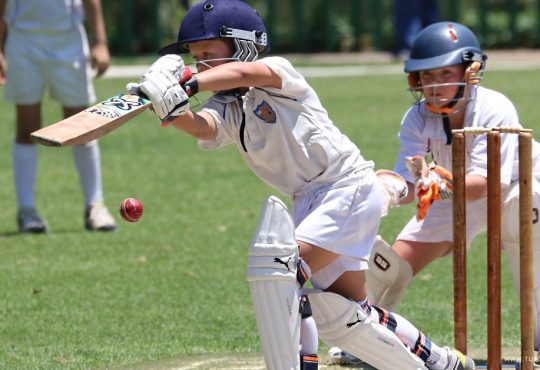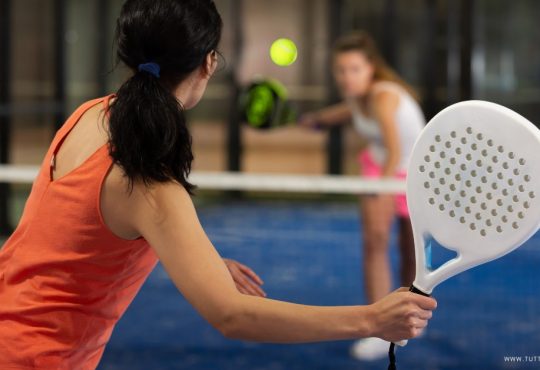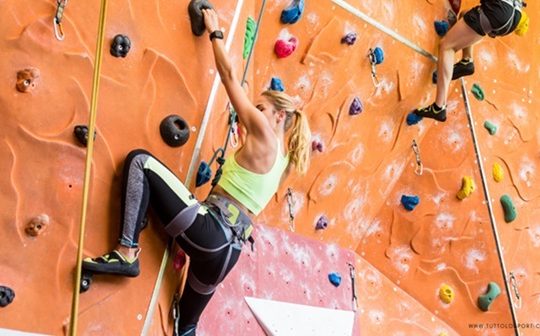If you haven’t heard about pickleball yet, you’re in for a treat. This fast-growing sport is a mix of tennis, ping-pong, and badminton—and it’s sweeping across parks, gyms, and community centers all over the world. Why the sudden hype? Pickleball is easy to learn, fun to play, and great for all ages and fitness levels. It’s a low-impact game, which means it’s gentle on the joints but still gives you a great workout.
Whether you’re looking to stay active, make new friends, or just try something new, pickleball is the perfect way to get started with recreational sports. In this beginner-friendly guide, we’ll break down how to play, the official rules, common mistakes to avoid, and some helpful tips to boost your confidence. Let’s dive into pickleball for beginners—you’ll be ready to hit the court in no time!
What Exactly Is Pickleball?
Pickleball is a paddle sport that’s played on a court about the size of a badminton court, with a net slightly lower than a tennis net. Players use solid paddles to hit a perforated plastic ball (similar to a wiffle ball) over the net.
You can play:
-
Singles (1 vs. 1)
-
Doubles (2 vs. 2), which is the more popular version
It’s a social game with a simple setup and short learning curve—making pickleball for beginners the go-to sport for people wanting to try something new without feeling overwhelmed.
How to Play Pickleball: Rules for Beginners
Before you jump into your first game, it’s important to understand the basic rules. Here’s a simple breakdown:
1. The Serve
-
Underhand Only: The ball must be served underhand, with the paddle contacting the ball below your waist.
-
Diagonal Delivery: The serve goes crosscourt (diagonally) into the opponent’s service box.
-
One Try: You only get one serve attempt (unless there’s a let, where the ball hits the net but lands in the right service area).
-
Both Feet Behind the Line: Your feet must stay behind the baseline when serving.
2. The Two-Bounce Rule
After the serve:
-
The receiving team must let the ball bounce once.
-
The serving team must also let the return bounce before hitting it.
Only after these two bounces can players start volleying (hitting the ball before it bounces).
3. Scoring
-
Only the serving team can score.
-
Games are usually played to 11 points—win by 2.
-
In doubles, each player gets a chance to serve before the serve passes to the other team (except for the first serve of the game).
4. The Non-Volley Zone (“The Kitchen”)
-
This is a 7-foot area on both sides of the net.
-
You cannot volley (hit in the air) while standing in the kitchen.
-
You can enter the kitchen only to play a ball that has bounced.
Knowing these rules helps beginners avoid penalties and confusion—one of the first big steps in mastering pickleball for beginners!
The Golden Rule of Pickleball for Beginners
The #1 thing to remember as a beginner? Have fun and play with respect. That’s the golden rule of pickleball. Sure, it’s a competitive sport—but it’s also known for being incredibly friendly and welcoming.
Pickleball is built on community and sportsmanship. Whether you’re playing casually or in a tournament, keeping a positive attitude and supporting other players makes the experience enjoyable for everyone.
5 Things You Should NOT Do in Pickleball
Even experienced players make mistakes, but if you’re just starting out, here are five important things to avoid:
-
Don’t Volley in the Kitchen
It’s illegal to hit the ball in the air while standing inside the non-volley zone. -
Don’t Serve Overhand
All serves must be underhand. Serving overhand is a fault. -
Don’t Step Into the Kitchen During a Volley
You can only step in after the ball bounces. Volleying while in the kitchen, or stepping into it after a volley, will cost you the point. -
Don’t Rush to the Net Too Soon
Especially after serving, wait for the bounce. Rushing too early can lead to foot faults or bad positioning. -
Don’t Touch the Net
Avoid leaning into or touching the net during play—it’s a fault.
Avoiding these beginner mistakes is key to building good habits and playing smarter as you improve.
Top Tips for Pickleball Beginners
Want to go from “just learning” to “playing like a pro”? Start with these beginner-friendly tips that actually make a difference:
1. Focus on Placement Over Power
You don’t have to hit the ball hard. Accurate placement, like aiming for the opponent’s backhand or hitting into open space, wins more points than pure strength.
2. Master the Dink Shot
A dink is a soft shot that lands just over the net in the kitchen. It slows the game down and forces your opponents to move up. It’s a key strategy in doubles play.
3. Keep Your Paddle Up
Hold your paddle up and in front of you, especially when at the net. This gives you quicker reaction time and better control.
4. Move Your Feet, Not Just Your Paddle
Get into position before hitting the ball. Good footwork leads to better shots and fewer errors.
5. Practice with a Purpose
Spend time working on different shots—serves, dinks, volleys, and returns. Repetition helps build muscle memory.
6. Communicate With Your Partner
If you’re playing doubles, talk to each other! Simple words like “mine” or “yours” prevent awkward moments and missed balls.
7. Stay Patient and Positive
Improvement takes time. Don’t be discouraged by early mistakes. Laugh, learn, and keep playing.
Bonus: What You’ll Need to Start Playing Pickleball
Getting started with pickleball doesn’t require a ton of fancy gear. Part of what makes pickleball for beginners so appealing is how simple and affordable it is to begin. Here’s a quick list of what you’ll need:
-
Paddle—Look for a lightweight paddle that’s easy to grip and control. Many brands make paddles specifically designed for beginners to help you learn proper form.
-
Pickleball Balls—These are unique, perforated plastic balls (kind of like a wiffle ball). Note that indoor and outdoor balls are slightly different—outdoor balls are typically heavier and have smaller holes to handle wind.
-
Court Shoes—Choose supportive shoes with a good grip. Running shoes can work in a pinch, but court shoes (like those used for tennis or volleyball) provide better lateral support and help prevent injuries.
-
Court Access—You’ll need a place to play! Luckily, pickleball courts are popping up everywhere—check your local park, community center, gym, or school. Many even offer open-play hours for beginners.
✨ Pro Tip: Not ready to buy your own equipment just yet? Many community centers and beginner classes offer loaner paddles and balls, so you can try the game before committing to any purchases.
Conclusion
Pickleball is a fantastic sport for beginners, offering a fun and engaging way to stay active and socialize. With its simple rules and welcoming community, it’s easy to jump in and start playing—even if you’ve never picked up a paddle before. Whether you’re playing at your local park, joining a league, or simply learning with friends, the game is accessible and enjoyable for people of all ages and fitness levels. With a bit of practice and some basic knowledge, you’ll be confidently holding your own on the court in no time.





